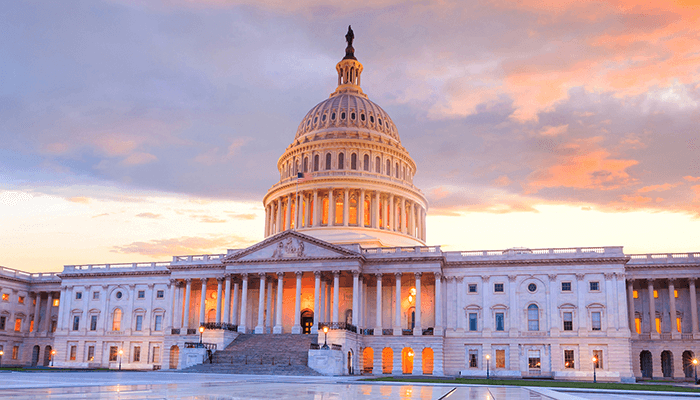CMS Takes Important Steps to Recover Overpayments from Medicare Advantage
The Centers for Medicare & Medicaid Services (CMS) recently announced it was expanding its efforts to audit Medicare Advantage (MA) plans’ risk adjustment payments through the Risk Adjustment Data Validation (RADV) program. This is a positive development and a sign that CMS may work to reduce the significant waste associated with MA overpayments.
MA enrolls over half of Medicare beneficiaries nationwide and cost the federal government roughly $500 billion last year. As our research and others have shown, this cost represents a significant overpayment relative to traditional Medicare – driven mainly by the fact that insurers make their enrollees appear sicker (while simultaneously selecting a healthier population) in order to take advantage of “risk adjustment” payments.
We recently estimated that MA overpayments will total $1.2 trillion over the next ten years – about 14 percent of total MA spending. Expanding audits is an opportunity for CMS to recover more of these funds to improve the sustainability, integrity, and solvency of the Medicare trust fund.
Unlike Traditional Medicare (commonly called fee-for-service (FFS)), CMS pays MA an amount per beneficiary, paying more for beneficiaries who are who are sicker, or higher risk (see figure). In a process known as “upcoding,” plans add more medical diagnoses to make beneficiaries appear sicker and collect higher payments from CMS. To the contrary, studies generally show that patients in the MA program are healthier, on average, than those enrolled in traditional Medicare.
Even assuming MA enrollees have a similar health portfolio to those in traditional Medicare, we estimate “upcoding” will cost the federal government roughly $600 billion through 2034.

To help address upcoding, the RADV program audits medical records to confirm that they have sufficient documentation to support the diagnoses that result in higher payments. If an audit finds the documentation does not support the diagnoses, then CMS can recover the difference between what CMS paid for that beneficiary and what they should have paid.
Past audits demonstrate that RADV could recover a significant amount of overpayments. For example, the Department of Health and Human Services Office of the Inspector General conducted audits similar to RADV and found that approximately 70 percent of selected diagnosis codes were not supported in the associated medical records. Moreover, certain high-risk diagnosis codes were consistently not supported over 90 percent of the time. This means that MA was being paid extra for beneficiaries who may not actually be sicker than other patients.
Despite the opportunity for recoveries, CMS has not maximized the RADV program. CMS has audited a small percentage of beneficiaries’ medical records and only recovered overpayments from the audited records. For many years, CMS did not even complete its intended audits – and so they face a backlog going back to 2018.
Recognizing the potential for recoveries, in 2023, CMS finalized a rule that would allow them to recover more from each RADV audit using statistical methods. Under the final rule, CMS will divide beneficiaries into different tiers based on risk, identify the percentage of errors within each tier, and extrapolate that percentage to the entire tier. In this way, CMS can recover greater overpayments using statistically valid sampling methods. CMS also reduced the amount of errors it will permit plans before taking recoveries.
The 2023 rule will not apply a “fee-for-service adjuster” to RADV audit findings. This adjuster was meant to penalize MA only when they make more errors than Traditional Medicare. Eliminating the adjuster holds MA to a higher standard and will net higher recoveries. In its 2023 rule, CMS estimated that, under these changes, it could save federal taxpayers $5 billion over ten years.
In May of this year (2025), CMS announced that it was taking further steps to increase recoveries. This includes using advanced technology and additional contractors to increase the number of audits from about 60 MA plans per year to about 550 plans per year. CMS will also increase the number of medical records audited to improve the reliability of its error rate estimates. These actions could facilitate greater recoveries from MA, particularly when combined with the extrapolation methods.
CMS’s efforts to boost MA recoveries should be commended. With $1.2 trillion in potential overpayments over the next decade, and the 2036 exhaustion date of the Medicare Hospital Insurance trust fund, every effort is important. We look forward to CMS following through by using technology efficiently, bringing on enough medical coders to clear the backlog of audits, and confirming recoveries.
Congress could do even more to reduce MA overpayments by increasing the default upcoding adjustment or forbidding tactics that artificially boost beneficiaries’ risk levels. Regardless, CMS should be lauded for trying to rein in a program that is depleting the Medicare trust fund and overspending taxpayer funds.


